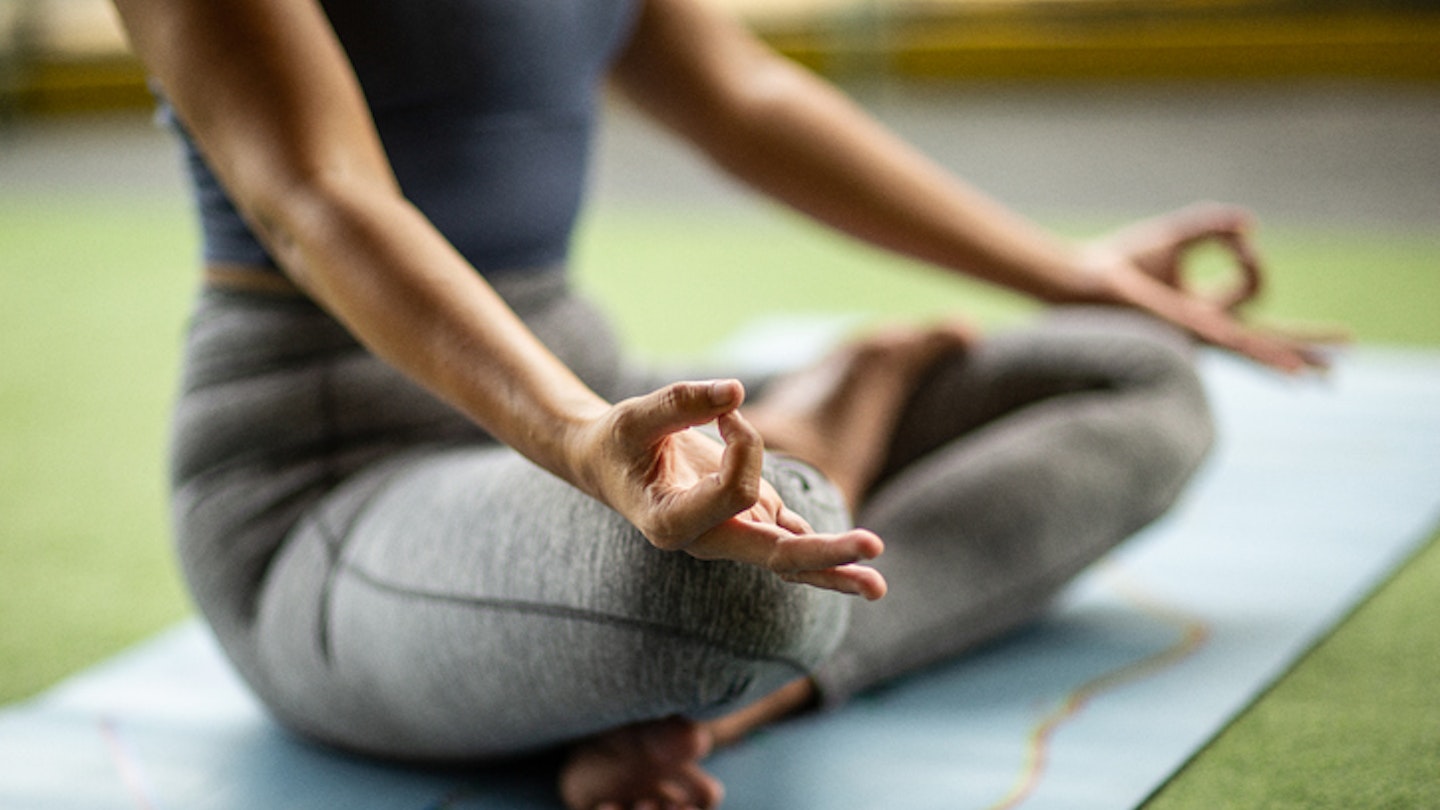Type 'Pilates vs yoga' into Google and you'll notice a see of content. Why? Well, people seem to struggle to understand the difference between the two. It's such a big search topic that it has its own breakout category on Google - which is why we've gone to the experts to help answer your biggest 'Pilates vs yoga' questions.
Pilates vs Yoga – what’s the difference?
While both a low-impact workout with similar emphasis on improving flexibility, strength, and endurance, experts say that the biggest difference is that yoga incorporates more spirituality. That would make sense given yoga was originated in ancient India and rooted in spiritual philosophy, whereas Pilates was invented by physician Joseph Pilates who was more focused on the mechanics of the workout.
What are the origins of yoga?
'As many of us know, yoga originated in India, but the exact date of this is unknown,' Cat Meffan, yoga teacher & founder of Soul Sanctuary told Grazia. 'In one of the most well-known yogic texts, The Yoga Sutras of Patanjali, written sometime between 500 BCE and 400CE in India by the sage Patanjali, the physical body (asana) is only mentioned three times, out of 196 sutras. These sutras are short threads of words given as guidelines for the practice of yoga. This gives us a very good indication that yoga is about so much more than what we do on a yoga mat.'
What are the origins of Pilates?
'Pilates is often confused with yoga; however they are both very different,' says Hollie Grant, founder of Pilates PT. 'Pilates is often performed using bodyweight alone as the resistance, but there are also many pieces of equipment that we use in Pilates such as a Cadillac, Reformer, Wunda chair, arc barrel etc. Pilates was created with purely fitness in mind and is more focussed on strength, but a by-product of Pilates is usually an increase in flexibility.'
According to Beth from Trifecta Pilates, neither yoga nor Pilates can be considered better than one another, but rather meet different needs. She explains the differences succinctly in the below YouTube video:
Whether yoga or Pilates are right for you depends on what you want out of your workout regime then. With that in mind, we spoke to experts to find out the benefits of each discipline.
What are the benefits of yoga?
'Though we tend to first categorise yoga as a physical activity and one that will make us strong and flexible, there is so much more to this practice than meets the eye,' explains Cat. 'From a physical standpoint yoga can energise you, it can soothe your nervous system, it can stretch out all those muscular kinks in the body after a long day and it can make you very strong. But the thing about yoga that sets it apart from so many other types of movement is that it has the power to truly transform you, from the inside out.
'This is a practice that is steeped in so much ancient wisdom and if students are willing to look beyond the asana practice, they will discover that yoga can change their life for the better… without even necessarily stepping onto a yoga mat. Yoga teaches us to slow down and to create space in our busy lives. It gives us tools and foundations to peel back the layers of the self, so that we can live from a place of more authenticity and more authority. Yoga can help alleviate anxiety, something that so many people struggle with now, just through the power of pranayama (breath) and meditation.
'From a personal point of view, yoga was the beginning of my self-discovery journey, it helped me heal from an eating disorder and depression and it helped me gain confidence and embrace my imperfections in a society that had taught me that I needed to be “perfect”. Yoga gives me the space to be raw and vulnerable without shame or judgment and I know through my years of teaching that it does the same for so many others.'
What are the benefits of Pilates?
'There are so many benefits to Pilates, but I always explain to clients that Pilates brings your body back to where it should be,' explains Hollie. 'Modern day life involves so much flexion; looking at phones, sitting at laptops, driving cars, and our bodies almost end up forgetting what they were designed to do. Pilates fixes that. It improves your posture, strengthens weak muscles, and in turn these reduce back pain and weakness. Pilates is a training method that aims to create a strong, functional body by reducing muscle imbalances and increasing core strength. Created by Joseph Pilates as a way of building strength in prisoners of war, it is incredibly powerful, and I don't know anyone who doesn’t need Pilates in their life. As the body gets stronger, and our posture improves, we will also notice an increase in flexibility and mobility as well.
'Pilates is an exercise that boosts musculoskeletal strength. The musculoskeletal system consists of our bones, muscles, tendons, ligaments and joints. Pilates exercises focus on this system and therefore leave you feeling stronger, more mobile and with better posture. Some exercises will cause muscle burn at the time, others you’ll feel your muscles aching the following day, and some exercises will just feel wonderful. But collectively they will make you stronger, more flexible, have better posture, and be less likely to injury or pain.The main goal in Pilates is to build a body that is strong and balanced ALL OVER. Those who practice Pilates should find they have less muscle imbalances, and this in turn can help provide a greater range of movement at the joints eg it increases your flexibility.'
There you have it, from the experts themselves! So, which do you prefer?
